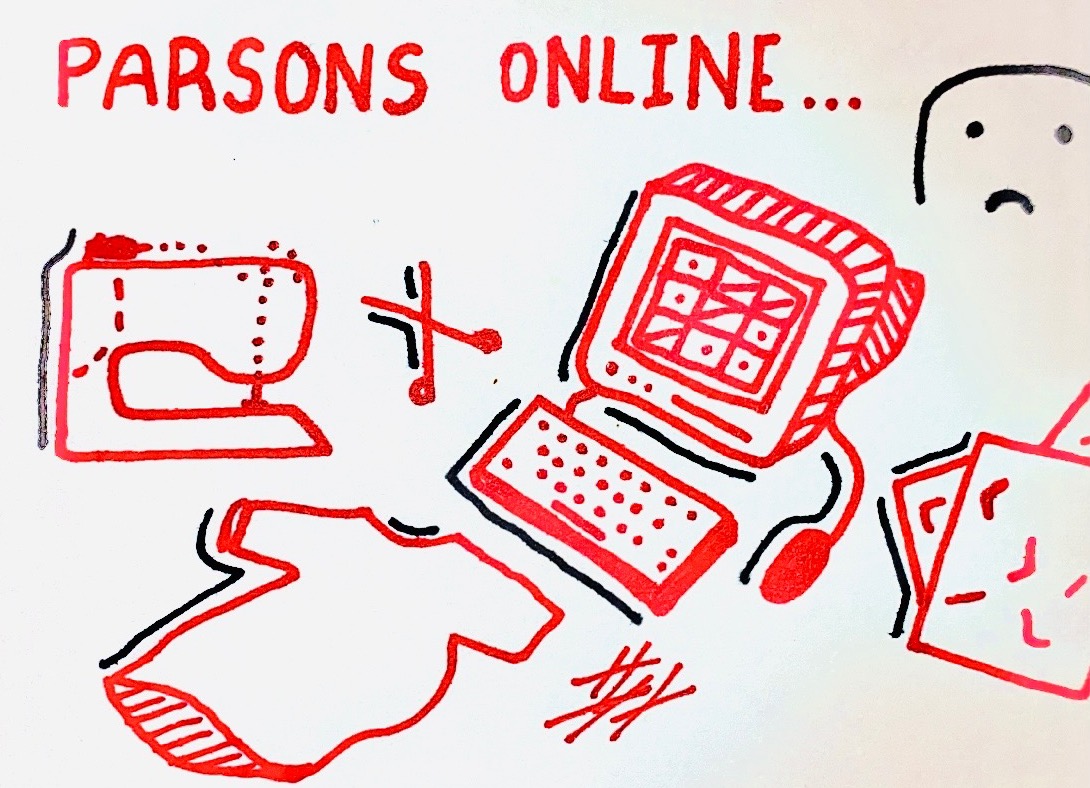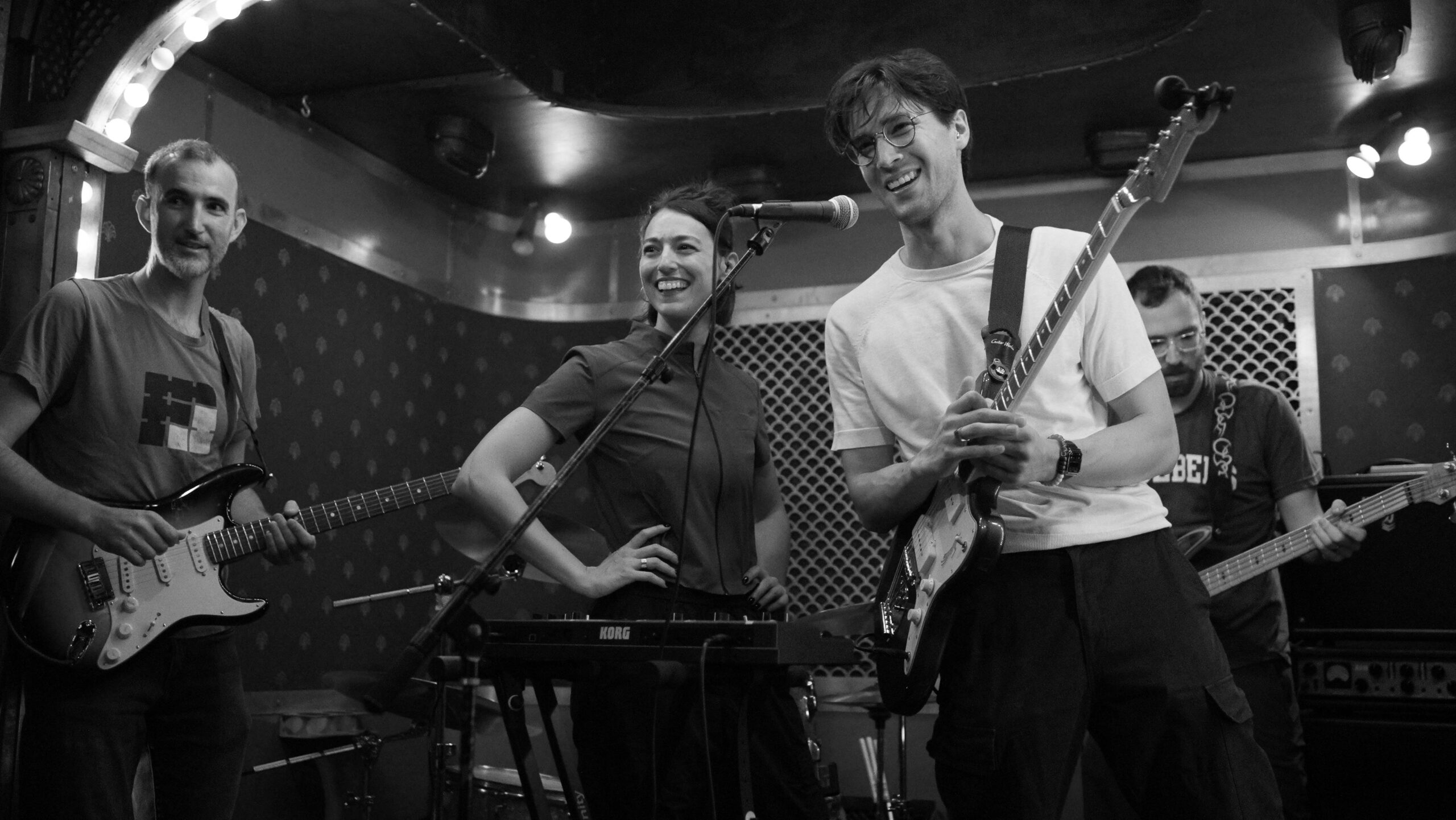A typical day for Ciara Liu, a Parsons fashion design student living in Hong Kong, starts at 2 p.m. and ends at nine in the morning, or 8 p.m. EST. Because of the time difference, Liu attends her classes during the nighttime and into the morning hours.
“I’m always, always tired. I’m surprised I’m still hanging in there.”
-Ciara Liu, fashion design student
At a time when Parsons students in the United States may be just waking up or logging onto Zoom, Liu heads to bed, hoping to catch maybe even five hours of sleep: some days she does not sleep at all.
“I’m always, always tired. I’m surprised I’m still hanging in there,” Liu wrote in a message to the Free Press over Instagram.
Because of the COVID-19 pandemic, New School students — 34% of whom are international — are scattered across the globe. Degree-seeking enrollment for this fall was down approximately 10% from 2019, according to data provided by The New School. Many students are studying for the first time with a difference in time zones. Others have not returned to New York City and are studying at home, where the environment can be distracting at best or toxic at worst. Some students are struggling with their mental health, isolation and loss of motivation. And some students are dealing with physical health problems, stemming from lack of self care or from getting sick with the coronavirus.
“It is really tough. It has taken a toll on my health significantly. I am constantly sick since my sleeping is fucked, my eating schedule is fucked too, and my immune system is down the drain,” said Liu, who rarely eats meals or spends time with her family anymore.
For Parsons students who study fashion design, architecture, product design, fine arts, illustration, photography, among other subjects, learning a hands-on craft via online Zoom sessions has been difficult. Some students have had to learn online software programs to create their work virtually, while others tried to improvise with what is available around them. Students living in and around New York City have minimal access to academic buildings with proof of a negative COVID-19 test result. Overall, access to resources like sewing machines, wood shop tools, darkrooms, studios, and equipment that is normally offered to students is neither easily nor equally accessible to every student.
This semester third year photography student Angelo Capacyachi, who lives at home in New Jersey, decided to pursue a dual BA/BFA degree and study Journalism + Design at Lang, despite it adding an extra year onto his academic journey. Capacyachi felt discouraged going into the Fall semester because he didn’t want to take photography classes online, but some required photography classes are only offered in the Spring or Fall semesters.
“I was already pissed in August because I was like, ‘I don’t want to take photo [courses], but I have to.’ So, then that’s why I turned to the BA/BFA, because not only do I want another degree, because I’ve been not ‘over’ art school but definitely wanting more liberal arts.” said Capacyachi.
Some Parsons students, like Haley Royal, a third year Integrated Design student, chose to use this Fall as an opportunity to get their required liberal arts courses out of the way.
“It can be frustrating when you don’t feel like you’re making any progress or working towards a productive goal.”
-Haley Royal, integrated design student
“I was able to sort of find a loophole this semester, in taking all my liberal arts credits. And that was something that I did in hopes that the Spring would return to normal,” said Royal who lives at home in Connecticut. She is only taking one Parsons studio course this Fall.
Royal has found herself frustrated with the new structure of her studio class because projects don’t get past the research and brainstorming stage. In a normal semester, projects in her Integrated Design studio classes are self-directed and open-ended, and the end result is a 2D model and 3D prototype. Now with online school and limited access to materials, her projects are “more so proposing ideas, rather than actually making anything,” she said.
“It can be frustrating when you don’t feel like you’re making any progress or working towards a productive goal,” she said.
A typical in-person Parsons studio class is six hours long and designed so students meet with their professor for a few minutes to discuss their project, and then are free to work for the remaining time. Students utilize different Parsons labs and resources in the Making Center to develop their projects into tangible products or pieces but those aspects have disappeared with online school. Now, studio classes are three hours long over Zoom.
Instead of designing, sewing, and creating garments in person, Liu, a fashion design student, uses a design software program called CLO 3D, that allows users to virtually pattern, drape, and design garments. But, Liu has had difficulty learning the program.“I’m generally not a technology person, especially when the program is so hard to learn and master. It [CLO 3D] is way more time consuming than sewing and patterning in real life, at least for me. The program is also quite limited,” said Liu.
Capacyachi has also had a difficult time with his online photography courses. At home he doesn’t have access to a studio, professional cameras, or editing software and about a month ago, his computer broke down. For weeks he was behind on work because he couldn’t buy a new computer and had to use an older, slower running one. Because of lack of access to equipment, Capacyachi has noted that the projects he worked on this semester were not to the full potential of what he knew he and his fellow photography students could do.
“But at the end of the day, it seems like these projects are kind of pointless, because we’re kind of doing work that isn’t actually what we could do,” he said.
“Make it so that classes can be asynchronous for international students.”
-Ciara Liu, fashion design student
Zoom University
In such unprecedented times, with students living in very different circumstances and different levels of access to materials or equipment, professors and faculty have had to rethink how to teach their courses online.
“I think what we’re looking at is, “What do you have? What can you do with what you have?’” said Fiona Dieffenbacher, an assistant professor of Fashion Design at Parsons who teaches a senior thesis capstone course and Design 1 studio for second year fashion students. “I think rather than looking at it from an equipment standpoint, we have shifted our learning outcomes for the course, and our expectations of work from the course.”
Dieffenbacher also explained that Parsons created art-sharing, “cross pollination” sessions, where BFA students can share their work and interact with the work of other students across disciplines.
No matter the discipline, online school has also created an impersonal learning environment, where professors sometimes teach to a screen full of black boxes and there is little interaction or community building.
“The sort of small, inaudible interpersonal response that you receive from a class – the little gestures that people make that indicate that they’re interested or they like something – all of that disappeared, because we’re all muted and just little faces and boxes,” said Radhika Subramanian, an associate professor of Visual Culture at Parsons.
However the online format did have some benefit to the classroom. Both Subramanian and Dieffenbacher have noticed that students have been more focused and engaged in class discussions, as well as noticeably less absent to class compared to when classes were in person.
And, We’re Online for Spring 2021
In October 2020, The New School announced that the upcoming Spring semester would be online, but with a limited amount of hybrid classes available, with priority going to international students. Students like Royal and Capacyachi planned their Fall semesters with hopes that school would be in-person for the Spring, so the university’s decision further complicated their academic planning.
“Now that that’s [in-person] not the case, it is a tough decision to make because you want to use your time productively and get the most out of it,” said Royal on registering for classes in the Spring. “I would hope that even if the classes are still online, perhaps access to school buildings will have changed or opened up a little bit, because that is a big part of integrated [design].”
“Understand we are really drained and our health is depleted because of this time difference. Make the grades A/A- and allow us to take nine credits without losing our visa, hopefully, if it’s possible.”
-Ciara Liu, fashion design student
The first COVID-19 vaccine, created by Pfizer labs, arrived in New York City on December 14th and will be first administered to hospital workers and nursing home staff and residents. According to experts, 75% of New Yorkers will need to be vaccinated to reach herd immunity. Perhaps next Spring, as vaccines start to roll-out to the general population, the university may lower the restrictions on student access to academic buildings on campus such as Parsons labs, studios, the library, and other work spaces. With wider accessibility it is possible that more students may return to the city for school and The New School community may start to see more life on campus.
This time last year, Capacyachi was constantly in the darkroom, staying after school until nine to eleven at night. “Even though that may sound so terrible and awful, I would love to go back to that,” he said. This upcoming Spring semester, he plans to take only journalism courses and has postponed taking photography courses until Spring 2022.
Ciara Liu will stay between Hong Kong and Shanghai throughout the Spring semester, taking classes while developing her clothing brand, which is set to release in January 2022. With a schedule as full as her’s, while also dealing with a large time zone difference, Liu wishes The New School offered more support to international students.
“Make it so that classes can be asynchronous for international students,” said Liu. “Understand we are really drained and our health is depleted because of this time difference. Make the grades A/A- and allow us to take nine credits without losing our visa, hopefully, if it’s possible.”







